Garmin OnDeck, potential aplenty with room for improvement

Boat monitoring sounds like a pretty simple concept; tell me about my boat and alert me if something is wrong. In practice, it’s not quite so simple. Siren Marine has been in this space since the beginning and often notes they’ve seen over 40 companies come and go. Garmin’s OnDeck entry into the space caught my attention. I immediately wanted to see how Garmin tackles a complex challenge like boat monitoring and if they can make it simple for the user. Thus far, the answers are mixed but I think it’s a product with a ton of potential.
I’ve had an OnDeck GTB 10 hub installed since shortly after the product release. Like other Garmin products, the $849 OnDeck ships with everything you need to get started including a temperature sensor, security sensor, relay switch, and NMEA 2000 tee and drop cable.
Installation
The physical install of OnDeck is pretty straightforward. There are only two cables that must be connected, one provides power to the unit and the other is the In/Out cable that fans out to bare wires for connections to bilge pumps, batteries, temperature, security, shore power, and in-use sensors, as well as connections for relays to remotely control onboard loads.
Optionally, OnDeck can be connected to an NMEA 2000 network, an external GPS receiver, and to a Garmin marine network via Ethernet. OnDeck has an internal GPS receiver, but if the GPS performance is poor, an external receiver can be connected. OnDeck also supports some GPS receivers connected via NMEA 2000.
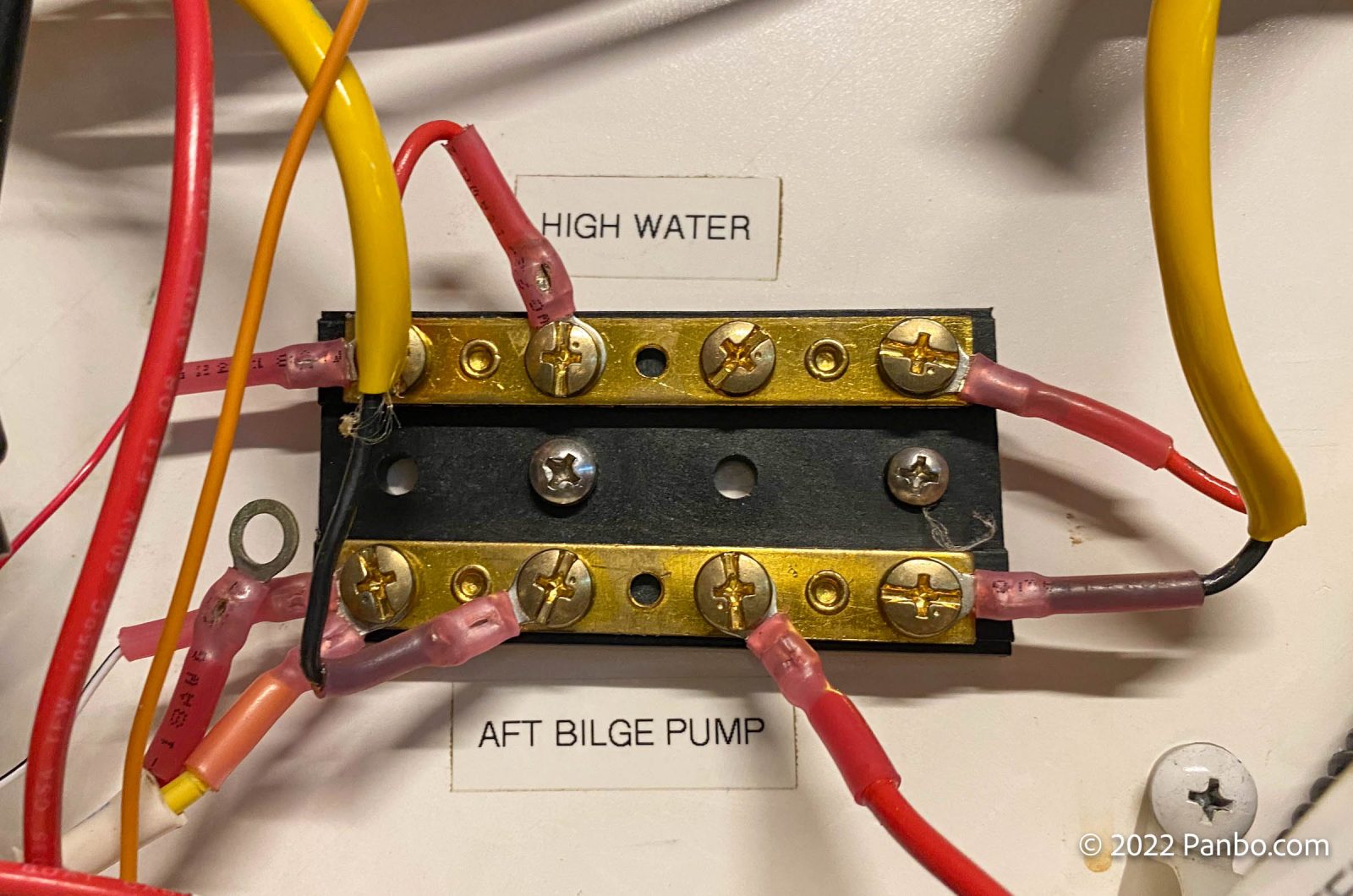
I suspect that I’ve installed more monitoring systems than most boaters. In fact, I’ve installed enough on Have Another Day that I use bus bars to make it easier to add leads for monitored items like battery voltages, bilge pumps, high water alarms, and more. Each time I install one, I’m reminded that each of these systems is basically an island. I have NMEA 2000 monitors on my batteries. I have on-boat systems that allow me to see bilge pump activations, toilet pump status, and more. But, I end up adding redundant sensors for each system I want monitored. Adding NMEA 2000 interfaces to monitoring systems is making this better. I’m hopeful that as more systems gain NMEA 2000 (or OneNet) connectivity and monitoring systems support more data types via NMEA 2000 this will get even better.
Two separate systems; on the boat and off
The vast majority of monitoring systems I’ve seen and reviewed are intended to be used off the boat. The system assumes you will use a mobile device to check on your boat while away from it. But, what about while you’re on the boat? I often want a way to display the boat’s status while I’m on it. There are a few more sophisticated, and expensive, systems like Nautic Alert that offer on-boat monitoring with a dedicated display.
When Garmin introduced OnDeck in September of 2020 I immediately wondered if Garmin would offer on-boat viewing of the monitored systems. The announcement press release notes OnDeck’s compatibility with Garmin’s current crop of MFDs. That detail intrigued me because it hinted that perhaps Garmin would use the MFD to configure and display the status of an OnDeck system. That hasn’t come to pass yet, but I’m pretty sure Garmin is still working on it. The only integration so far is the setting of local network WiFi details via an MFD.
Using OnDeck
Garmin uses its Active Captain mobile app to configure, manage, and monitor OnDeck. If you’ve connected OnDeck to a Garmin marine network with an MFD you will just connect to the MFD’s WiFi network. Once connected to the WiFi network, Active Captain will prompt you to configure OnDeck and activate a monitoring plan. Monitoring plans are $12.99 per month with an annual agreement and $19.99 without an agreement. The annual plan includes the first three months of service free. There’s no activation fee and the monthly plans allow cancellation at any time. Garmin has a helpful YouTube video that walks you through the activation process.
Once OnDeck is active, the ActiveCaptain home screen gains new options for Sensors, Switches, and Tracking & Security. These three options allow you to control OnDeck’s features and check on your boat.
Alarms
The sensor tiles are highlighted in red if an alarm is triggered for a sensor. There’s not any way to acknowledge or clear an alarm. Alarms clear automatically when the alarm condition is no longer met. In the case of shore power shown above, the alarm will clear when there haven’t been two or more shore power interruptions in a day. So, it will have to wait until tomorrow to clear.

Bilge pump alarming is powerful and flexible 
Tank level history is displayed but no alarms can be configured
Alarm types vary based on the sensor type. Bilge pumps have the most alarm options and include some clever options like alarming if a pump isn’t idle for at least a preset length of time. One small frustration I found is the inability to set alarms on tank levels. The app does a nice job of displaying tank levels over time but doesn’t allow any alarming. I’d love the ability to set an alarm if the waste tanks exceed say two-thirds or if the freshwater is getting low.
NMEA 2000 support
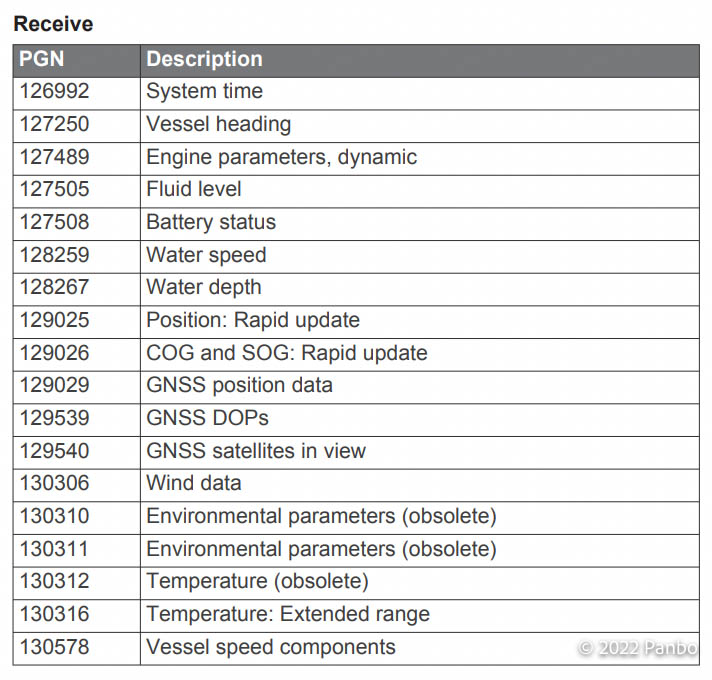
OnDeck supports an impressive amount of NMEA 2000 data. In my testing, the only data from the NMEA 2000 network that’s not showing in the app is that from my engines. I’m hoping to see support for it in the future, although I don’t find engine data crucial for a monitoring system.
Remote switching
OnDeck’s remote switching support is currently limited to controlling the five relays built into the device. I’d fully expect that Garmin will add support for NMEA 2000 switching. Especially since Garmin owns EmpirBus. Although OnDeck doesn’t control NMEA 2000 switching yet, the OnDeck relays can be controlled via a Garmin MFD. The screenshot above shows OnDeck’s switches being controlled on a GPSMap 743.
Sensor management

OnDeck Sensor list before editing 
Sensor list with edit pressed 
Sensor list with tiles selected to be hidden
OnDeck supports a lot of sensors. Between the ones built into the unit itself and NMEA 2000, you can easily end up with dozens of tiles. In fact, I have 40 tiles on Have Another Day. Many of these tiles are for DC voltage sensors and there’s no doubt that Have Another Day is more complex than most boats. But, even a relatively simple boat could end up with 20 or more sensors.
Pressing the edit button on the top right of the sensor list lets you rearrange and hide tiles. To rearrange, you drag the tiles around and to hide (or unhide) you tap the tile. Hidden tiles appear grayed out in the edit view.
This brings me to a quibble with the Active Captain app’s display of OnDeck data. Although tiles can be hidden and reorganized, a boater can’t rename them. This goes for all tiles. So, in the example above the first tile is named “BILGE PUMP #1”, but I know that’s the aft bilge pump. I’d really like to rename it to “Aft Bilge Pump”, but I can’t.
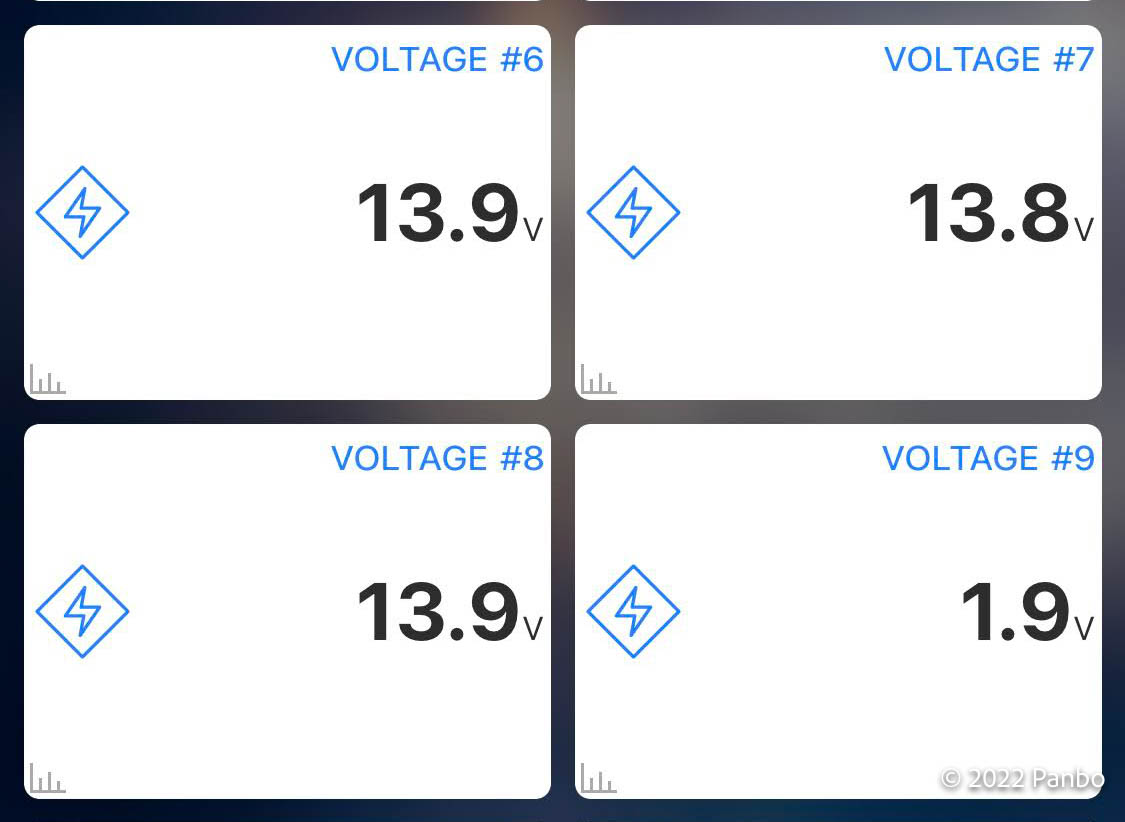
The impact is worse for the many NMEA 2000 battery instances on Have Another Day. Because there are limited DC status PGNs, quite a few devices utilize NMEA 2000 PGN 127508 (battery status) to share their data. That means that I have something like 20 battery instances on HAD. But, since I can’t rename them I stand little chance of knowing what’s what. In the screenshot above voltage sensor #9 is showing 1.9 volts. That might be important or it might be irrelevant, but I’m not sure since I don’t remember what battery 9 represents and I can’t name it.
Final thoughts
Garmin’s OnDeck does a lot of things right. I’m thrilled with Garmin’s thorough NMEA 2000 data support. Although there’s room for improvement, it looks to me like the hard work with supporting NMEA 2000 is done. If Garmin adds support for viewing OnDeck status via their MFDs I’ll be even more thrilled. Unifying vessel status into a single place, viewable from multiple interfaces strikes me as the holy grail of boat monitoring.



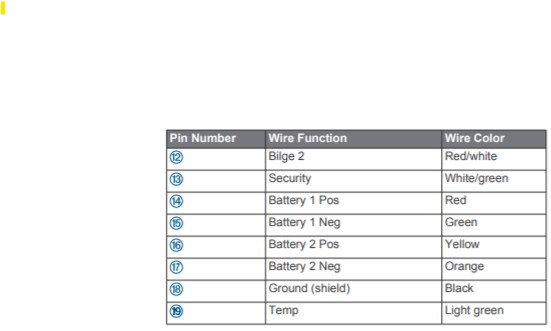
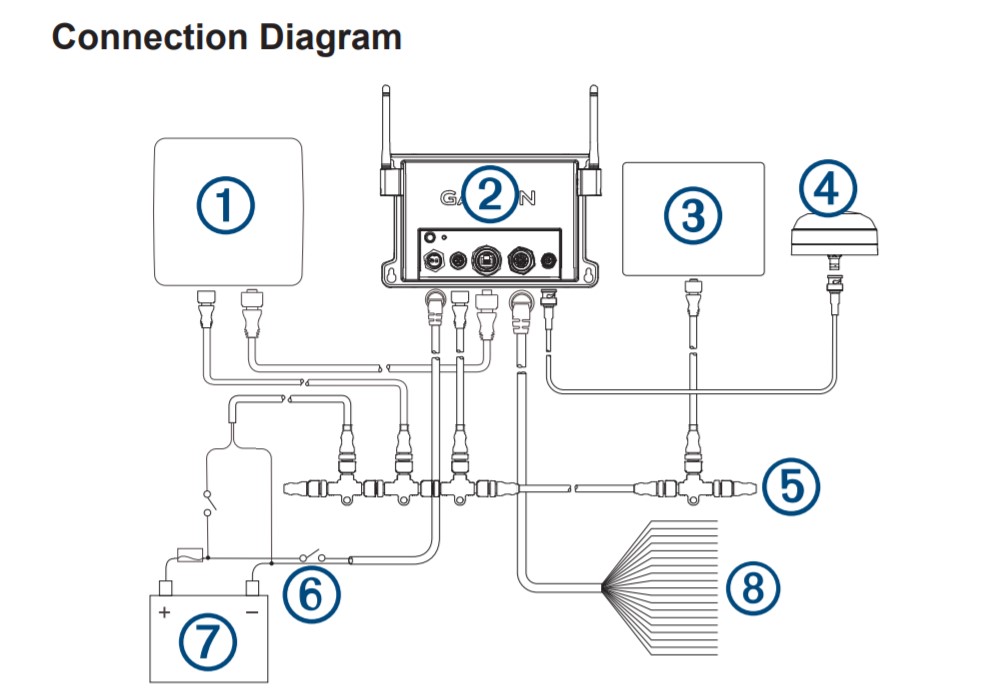
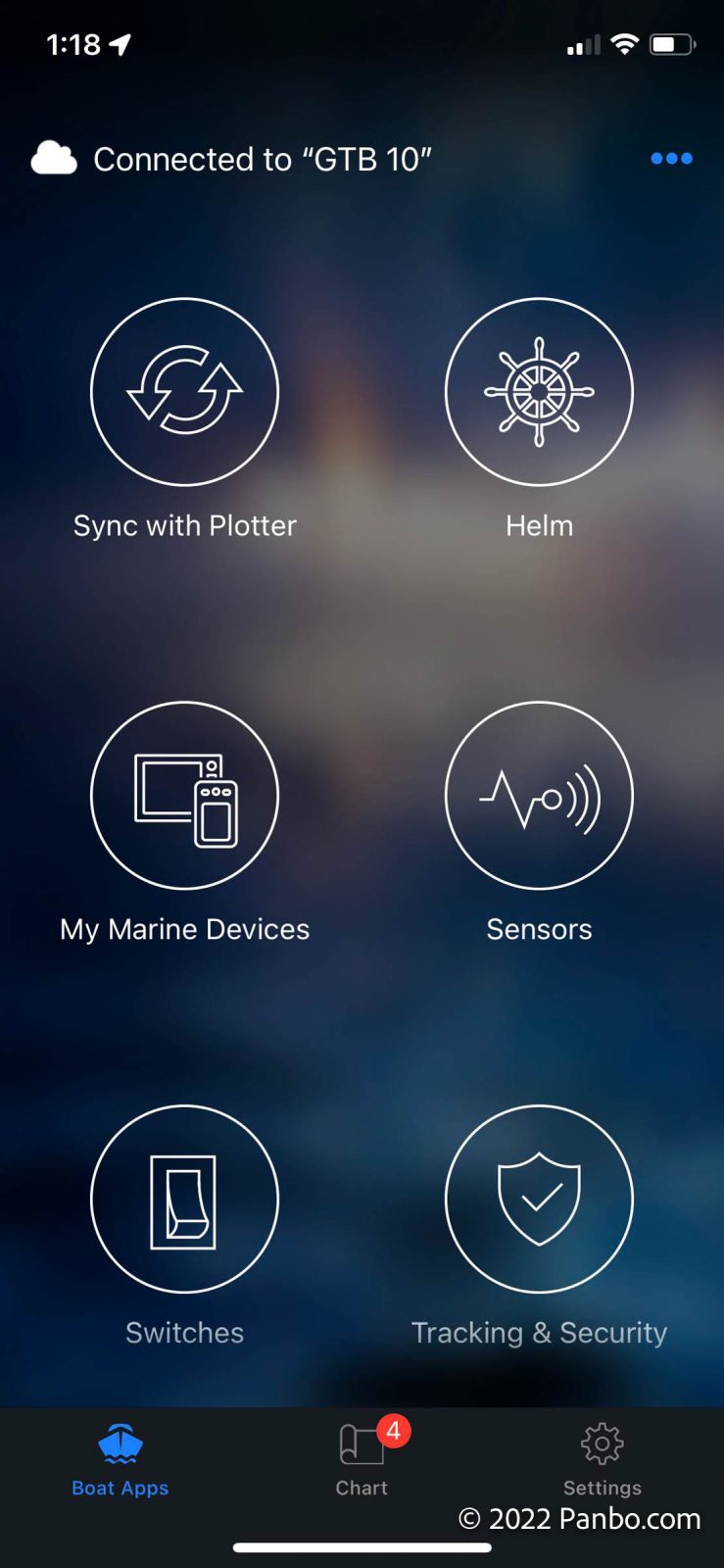
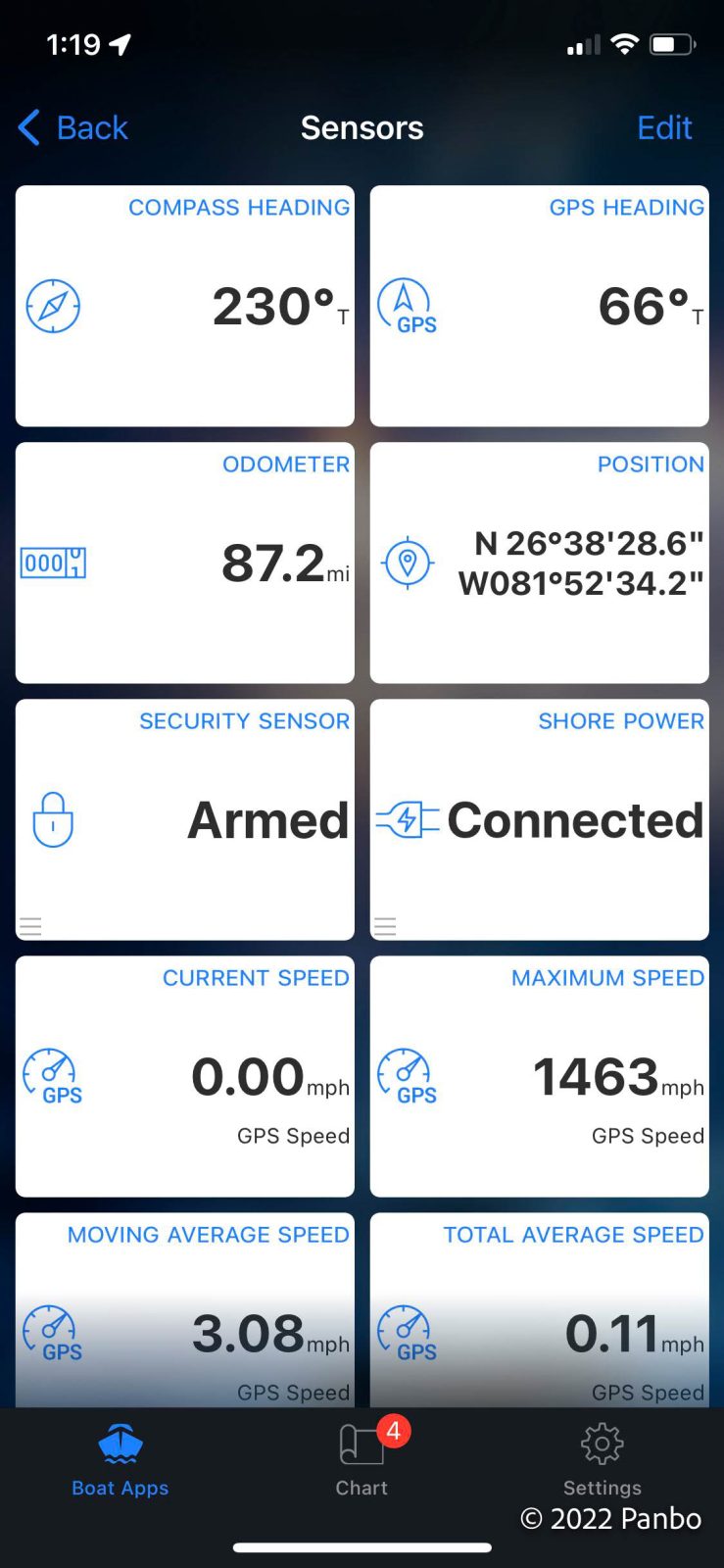
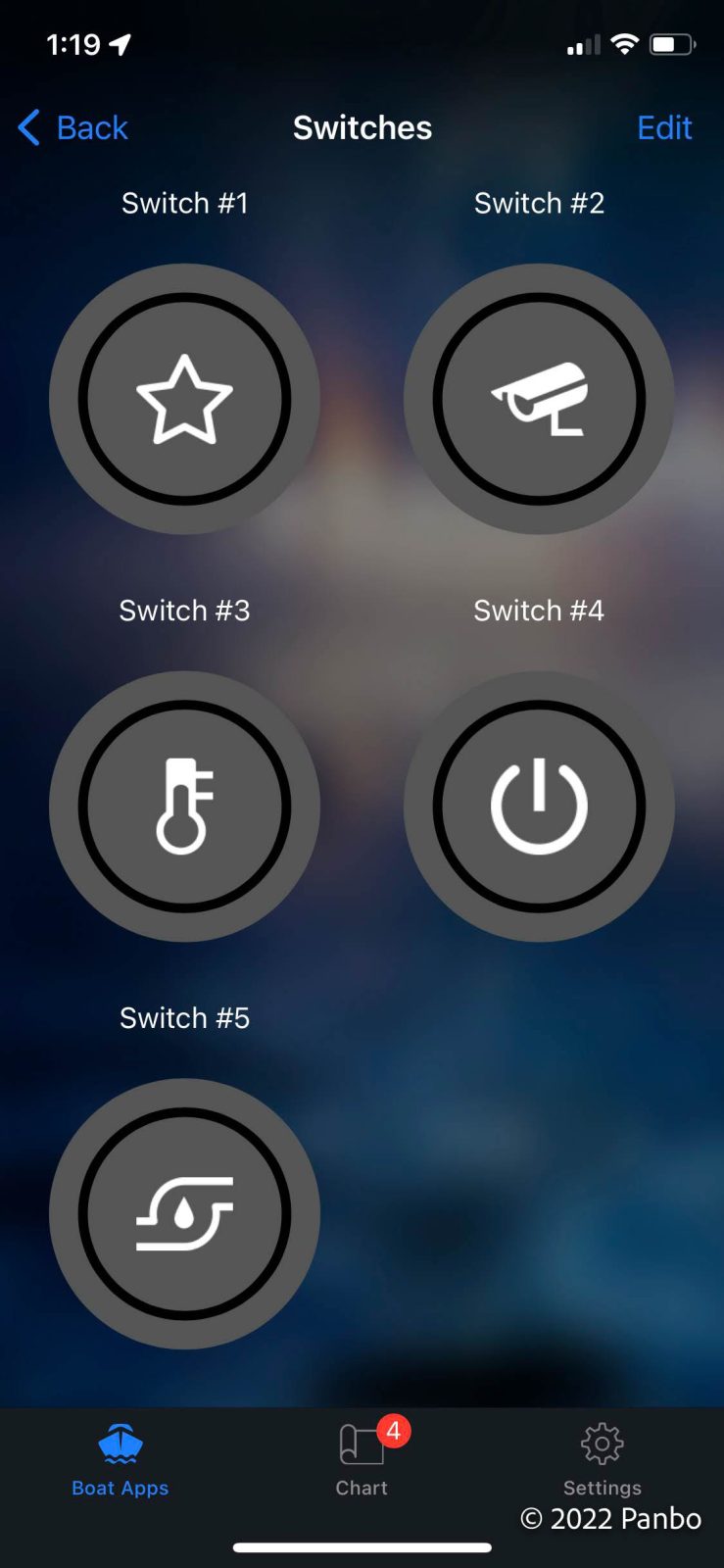
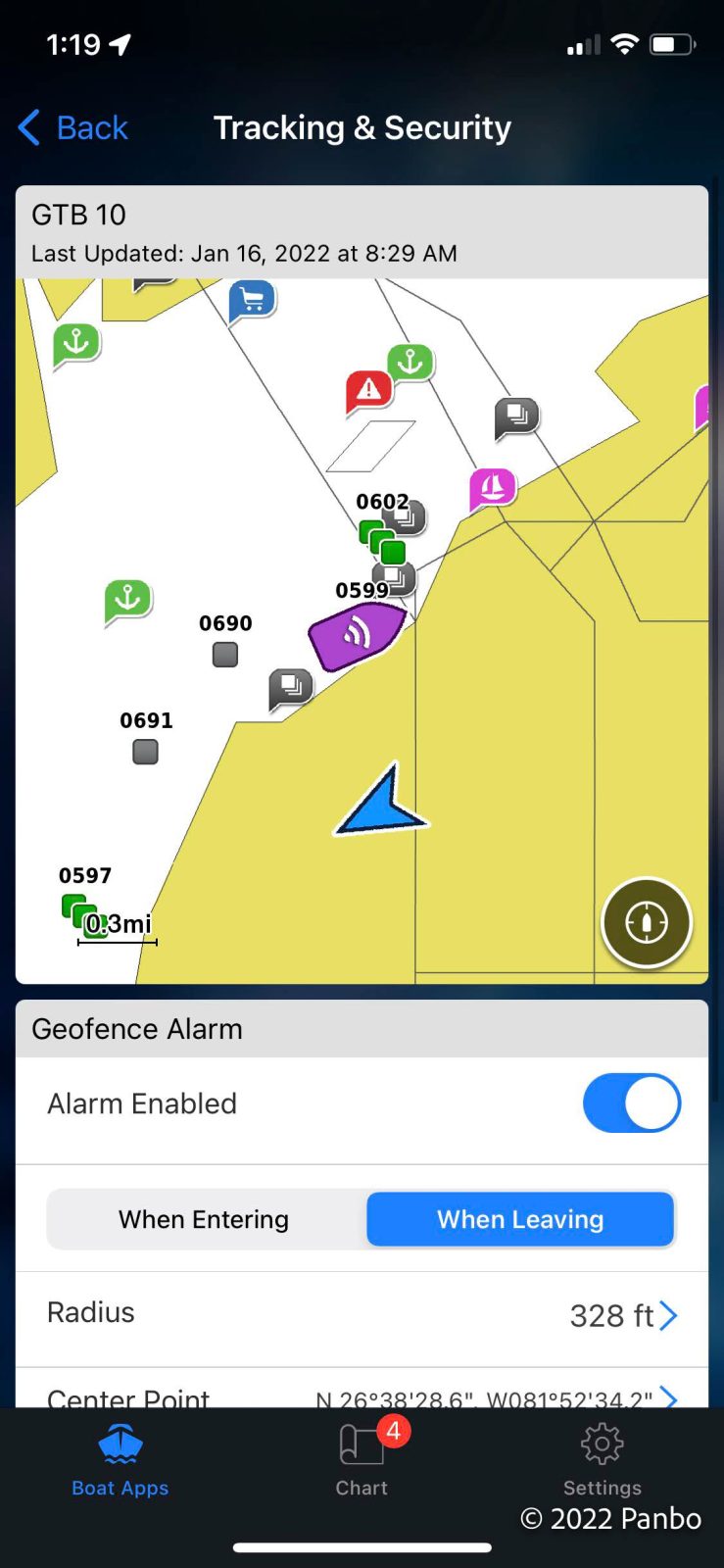

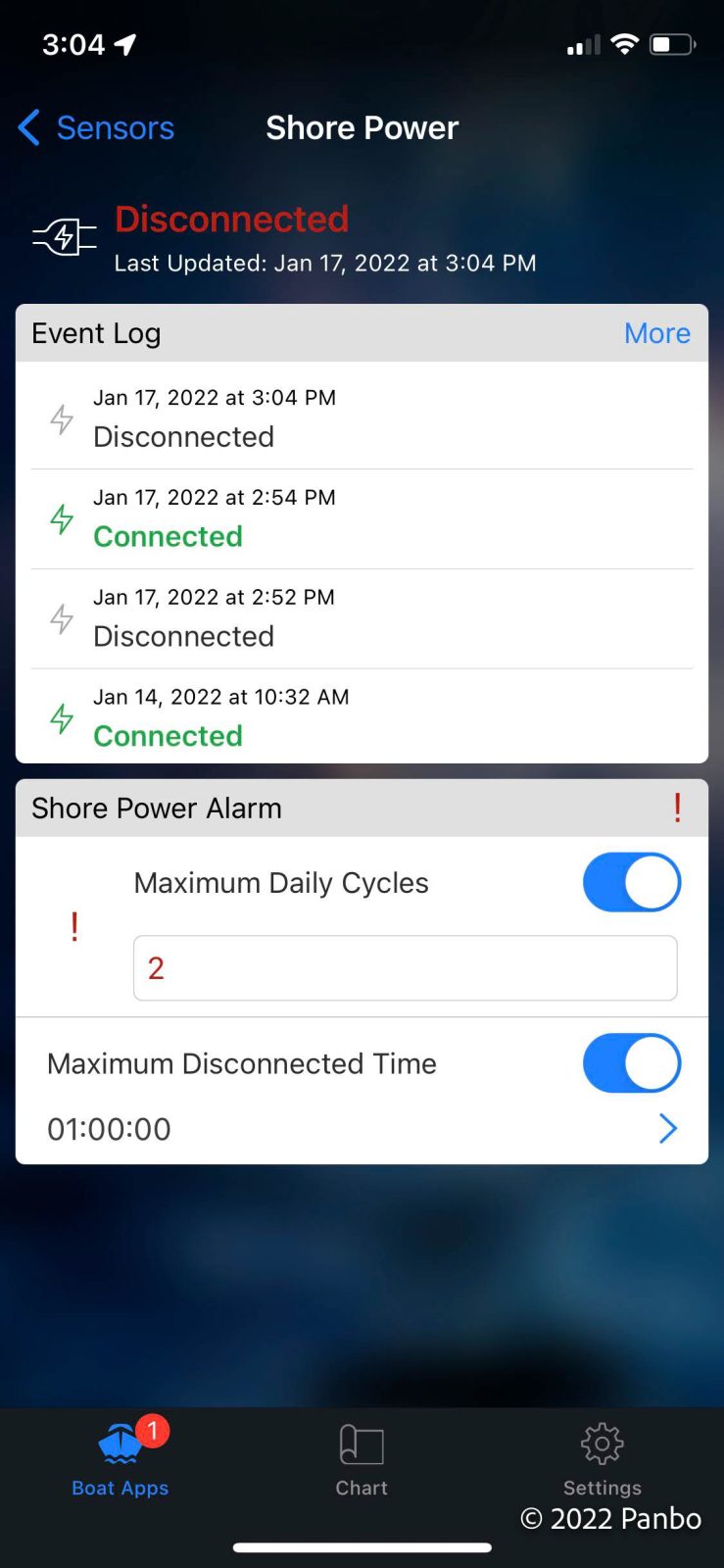
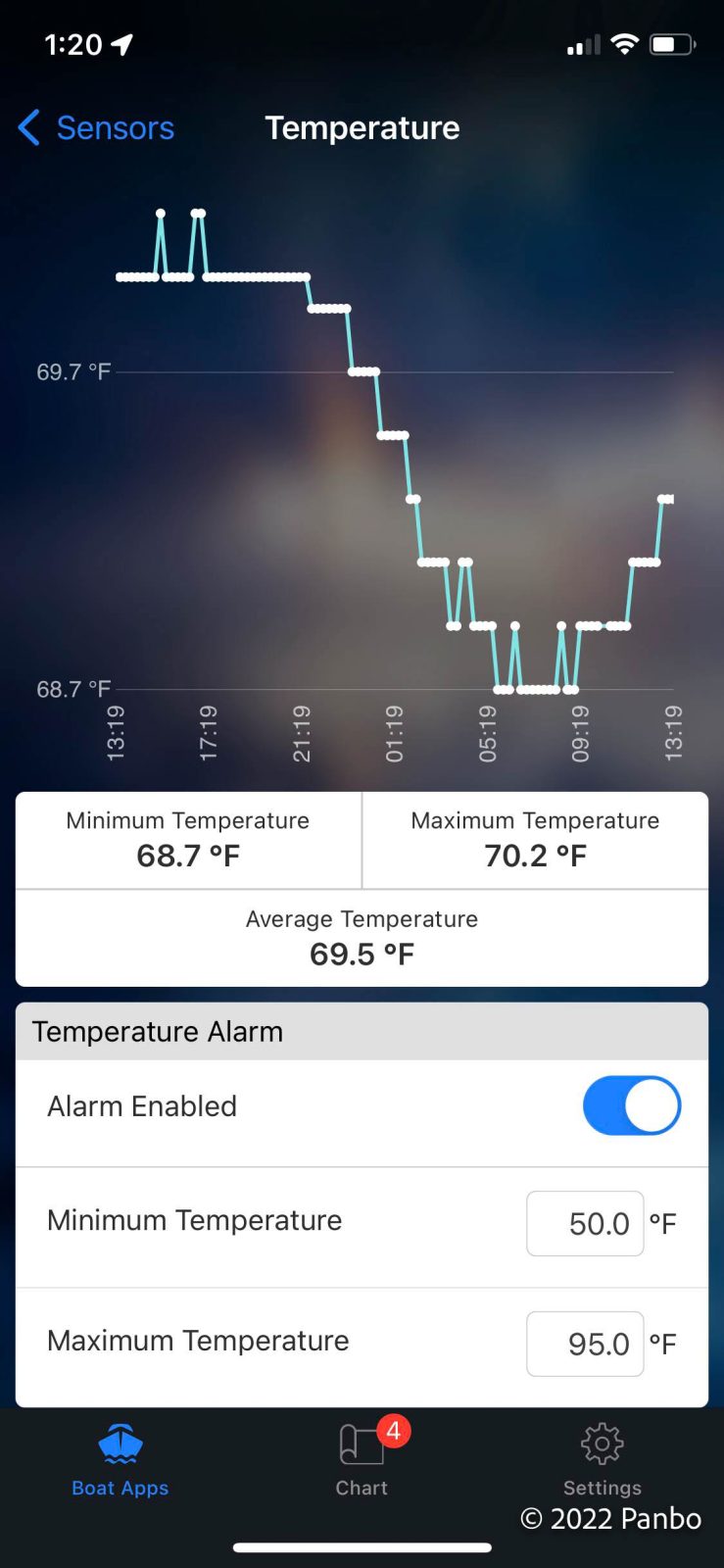
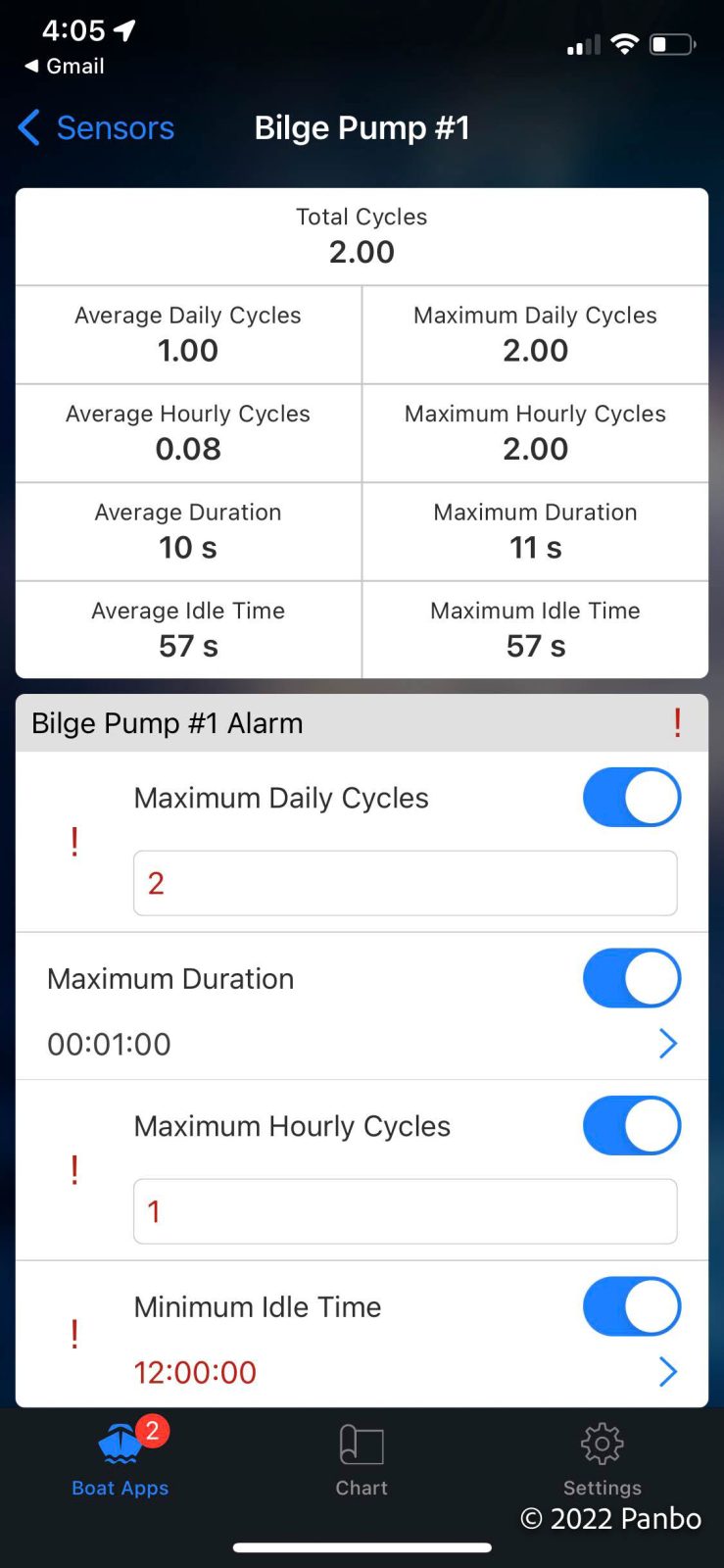
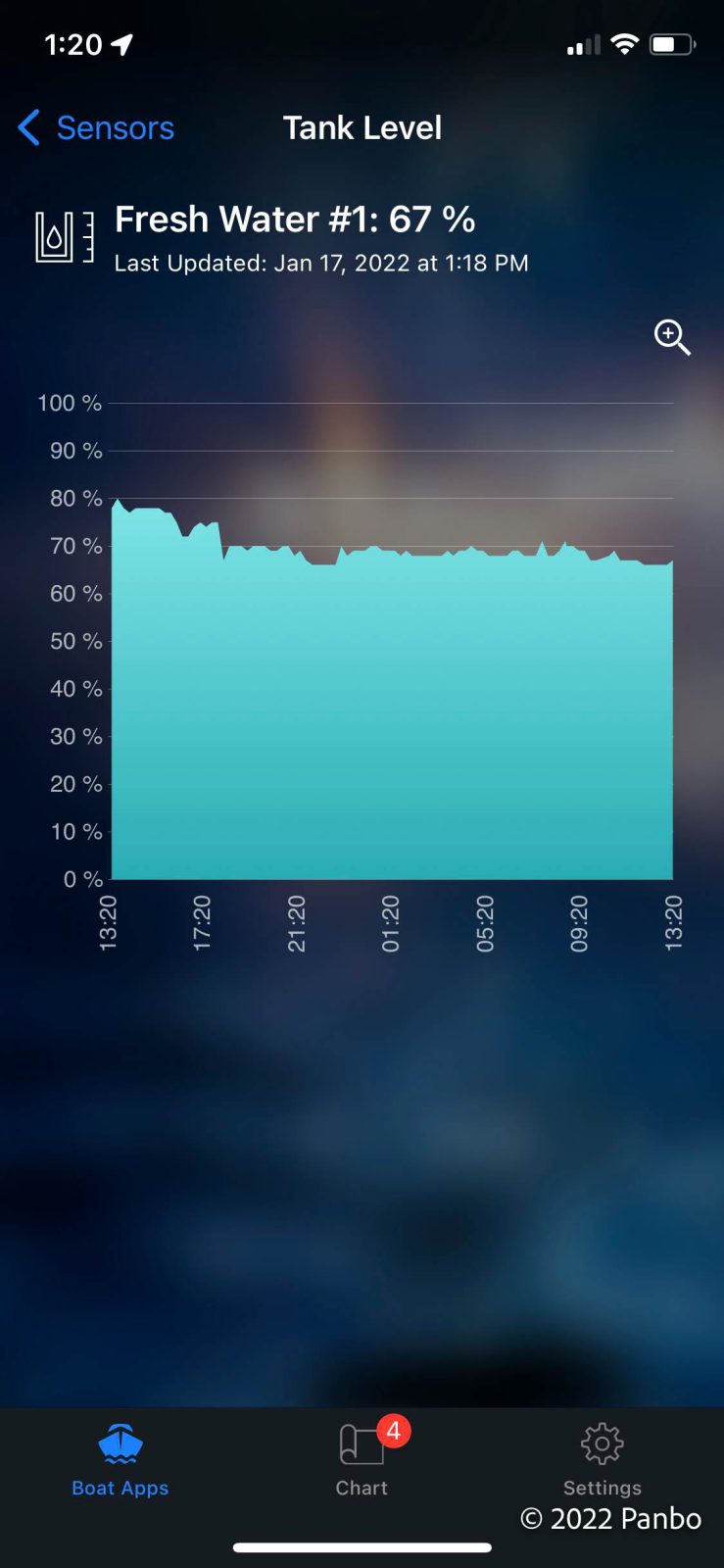

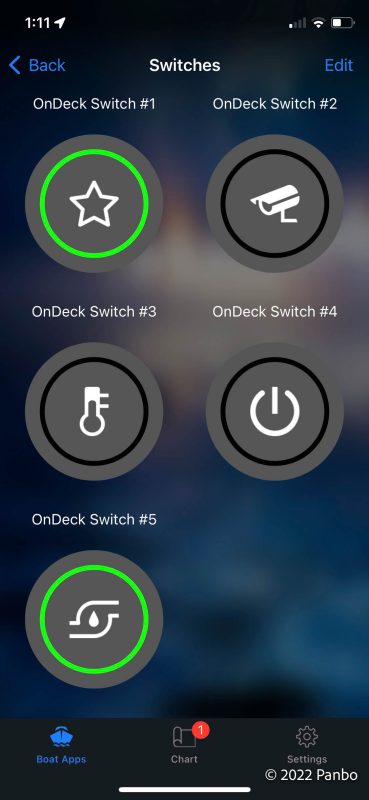

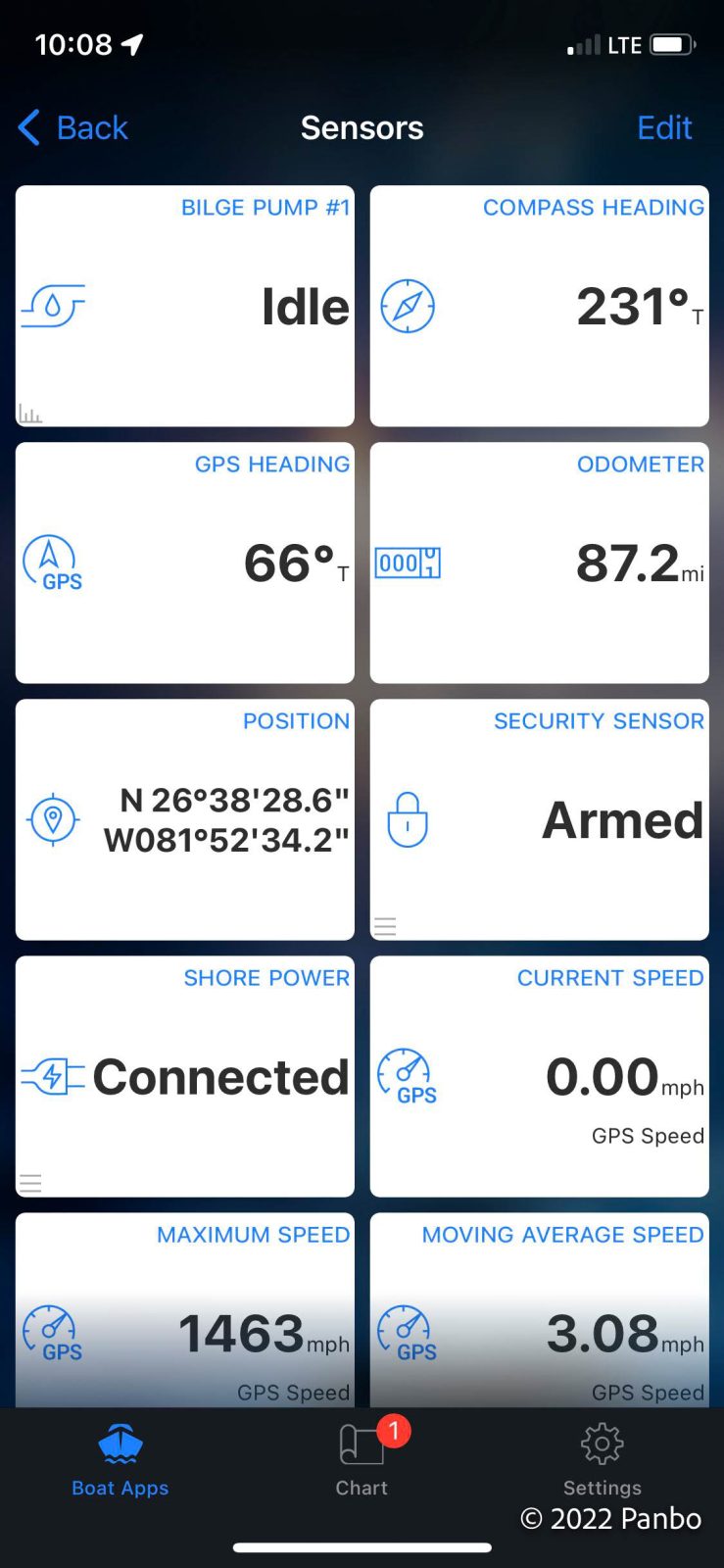

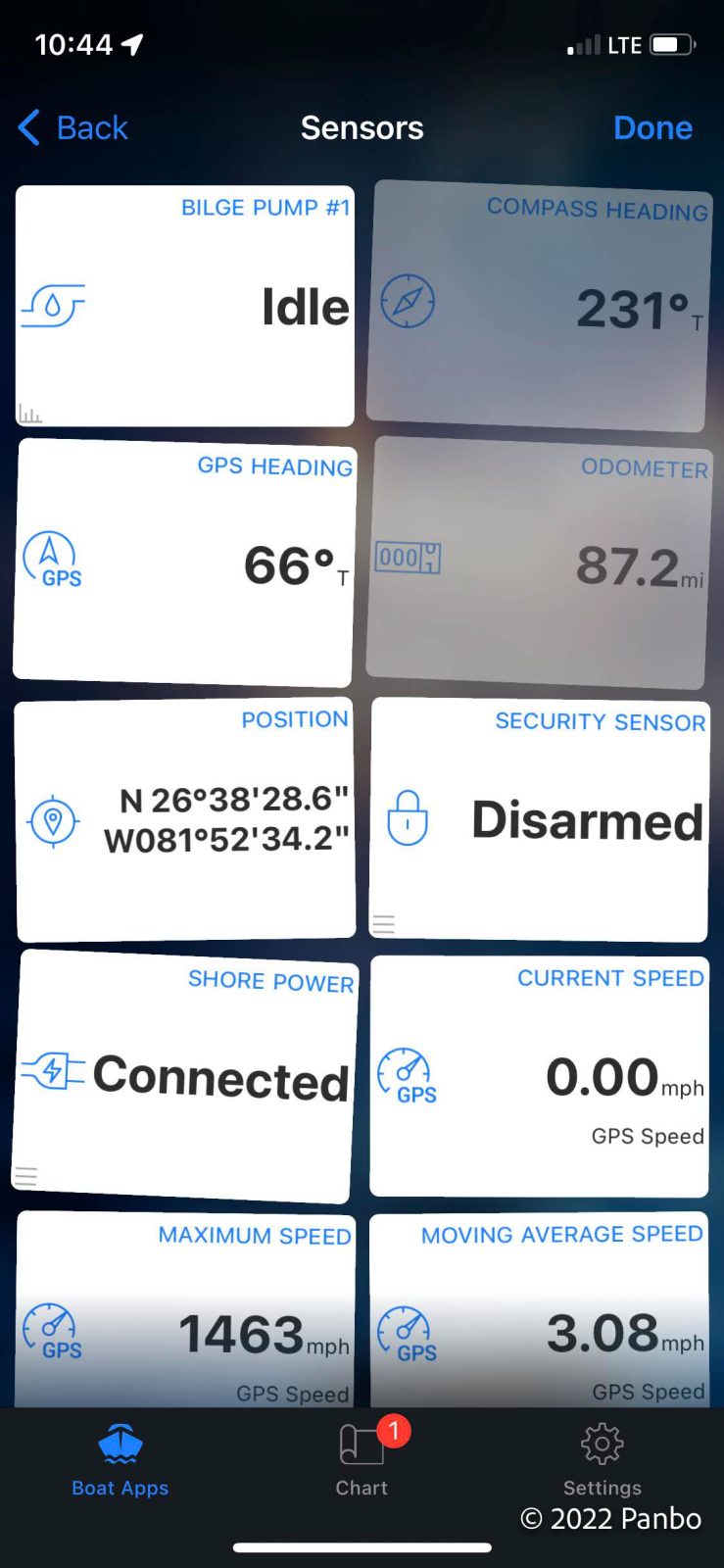
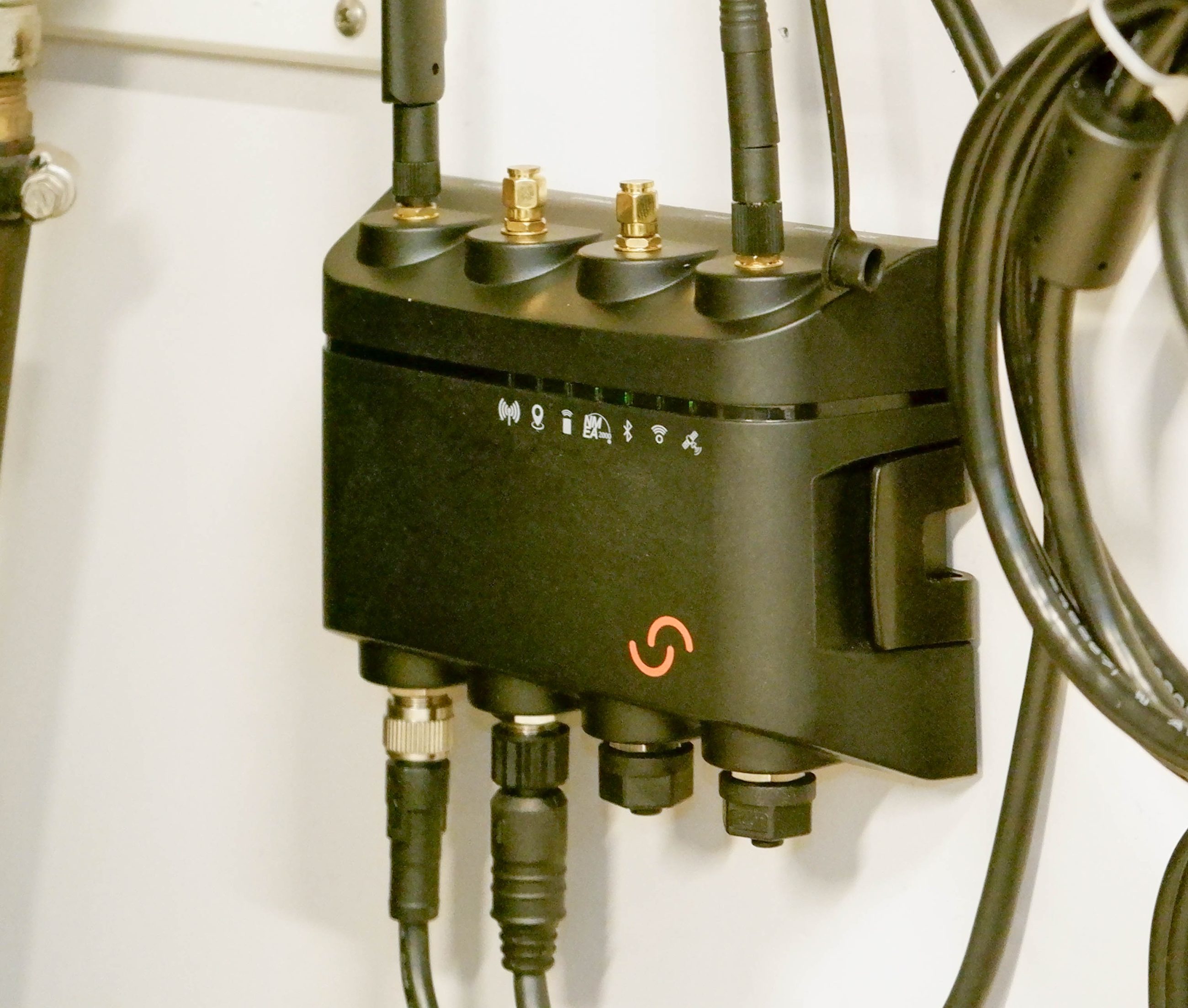










Good write Ben, I have also had an Ondeck on my boat since Nov 2020 and have many similar observations. Naming the tiles (sensor inputs) is really a key gap and i doubt very difficult to fix. Another key point is the current geolocation minimum circle is currently way too large to use for ‘Anchor drag”, and would be simple to fix from the 304ft diameter , to say 30ft dia or similar. They could also just add another alert “rule” to achieve this. On boat monitoring via iphone connected to boats wifi is also key but based on my testing this does not work. There are many places in the PNW that cell phone connections from Ondeck to tower, and tower to iphone are not possible…and this would be good for “anchor drag” while sleeping onboard. Ondeck acts as the wifi router master, so when you turn your MFD/instruments off at anchor to save power, the iphone/active captain does not work over Ondeck wifi alone (with MFD OFF). Again, I think pretty easy to fix but they have not done that yet…and there is great potential to improve the live aboard utility in low/no LTE areas, and at anchor.
Thanks Ben. I too have the OnDeck on my Duffy35. I decided to go with OnDeck as I have Garmin on my boat and wanted everything to stay in that ecosystems. But….they need to make it better. You pointed out that same things I have observed. I would hope they would get going on this.
This is the best and most detailed Garmin OnDeck review I have been able to find. Garmin seems to give the product only minimal marketing support. I was eager to learn more at the 2022 Seattle boat show and found nothing at a very busy Garmin booth. It seems that the best way to learn about the product is to buy it first. This article goes a long way to helping me in my purchase decision. Thank you!
Well, I’m thinking that the “holy grail of boat monitoring” can also include general use internet access using the same cell and wifi router, but with your own cell service SIM, which is what Raymarine is going for:
https://panbo.com/raymarine-unveils-remote-monitoring-and-control-solution-for-boats/
You hit on the same things I’ve discovered in my new install experience. I think I went into it too naive—assuming a simple plug into the Empirbus would do the trick and give me access to everything flowing through the network of data. .Alas, it’s not that simple. And the cost is significant for what it does provides, particularly when you factor in the subscription portion too. I had higher hopes.
Today we came to the conclusion that the easy way Garmin could increase the value of the OnDeck would be if it relieved the need to swap our phone from our internet connection to the boat network to do updates. Raymarine lets its chartplotters download over WiFi without a phone. Downloading everything to the phone, then switching networks to the Garmin network to then wait to transfer the data again is feeling a bit dated in 2022.